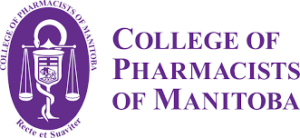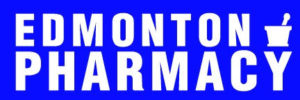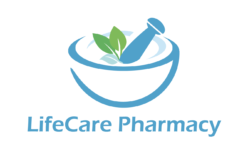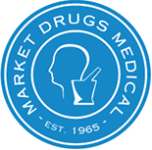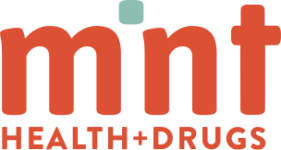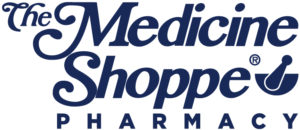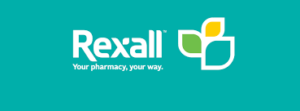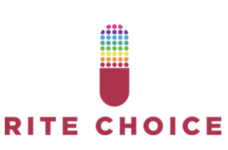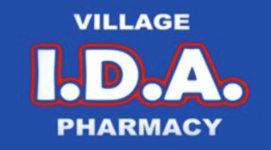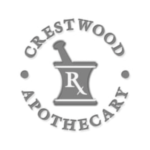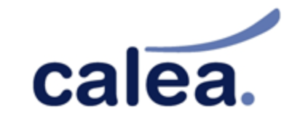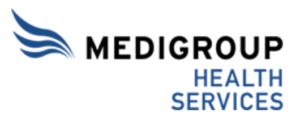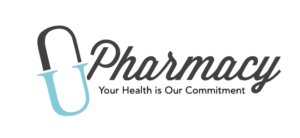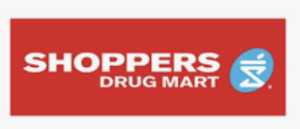2019.03.27
Does your pharmacy compound hazardous non-sterile preparations?

What is considered a hazardous drug?
1. The National Institute for Occupational Safety and Health (NIOSH) Hazards
- The current NIOSH List of Antineoplastic and Other Hazardous Drugs in Healthcare Settings, 2016 can be found at https://www.cdc.gov/niosh/docs/2016-161/pdfs/2016-161.pdf
- Hazardous drugs are classified by NIOSH as Group 1, 2, and 3
- Group 1 consists of antineoplastic drugs (or cytotoxic drugs). The majority of these are also hazardous to men and women who are actively trying to conceive, women who are pregnant or may become pregnant, and women who are breastfeeding (because they may be present in breast milk). These drugs represent an occupational hazard for healthcare workers and should always be handled with recommended engineering controls and PPE, regardless of their formulation (intravenous, subcutaneous, topical, tablet or capsule). Examples of drugs in this category are chlorambucil, cyclophosphamide, fluorouracil, hydroxyurea, methotrexate, and tamoxifen.
- Group 2 consists of non-antineoplastic drugs that meet one or more NIOSH criteria for a hazardous drug and that may pose an occupational risk to men and women who are actively trying to conceive, women who are pregnant or may become pregnant, and women who are breastfeeding (because they may be present in breast milk). Examples of drugs in this category are carbamazepine, azathioprine, cyclosporine, estrogens, risperidone, and spironolactone.
- Group 3 drugs consists of non-antineoplastic drugs that primarily pose a reproductive risk. They represent a potential occupational hazard to men and women who are actively trying to conceive, women who are pregnant or may become pregnant, and women who are breastfeeding (because they may be present in breast milk). Examples of drugs in this category are clonazepam, fluconazole, misoprostol, testosterone, tretinoin, and valproate/ valproic acid.
- Please note that the NIOSH Hazardous Drug List 2018 is due in June 2019 with the proposed additions contained within the following publication, NIOSH List of Antineoplastic and Other Hazardous Drugs in Healthcare Settings: Proposed Additions to the NIOSH Hazardous Drug List 2018 https://www.federalregister.gov/documents/2018/02/14/2018-02957/niosh-list-of-antineoplastic-and-other-hazardous-drugs-in-healthcare-settings-proposed-additions-to
2. Workplace Hazardous Materials Information System (WHMIS) Hazards
- Hazardous material is classified by WHMIS as a health hazard, such as those very irritating to the respiratory tract, the skin and the mucous membrane.
- WHMIS in Canada has aligned with the Globally Harmonized System of Classification and Labelling of Chemicals (GHS). Section 2 on every Safety Data Sheet will discuss the GHS classification (ie WHMIS) and include pictograms
- The health hazard pictogram is used for the following classes and categories:

-
- Respiratory or skin sensitization – Respiratory sensitizer (Category 1, 1A and 1B)
- Germ cell mutagenicity (Category 1, 1A, 1B and 2)
- Carcinogenicity (Category 1, 1A, 1B, and 2)
- Reproductive toxicity (Category 1, 1A, 1B and 2)
- Specific Target Organ Toxicity – Single exposure (Category 1 and 2)
- Specific Target Organ Toxicity – Repeated exposure (Category 1 and 2)
- Aspiration hazard (Category 1)
- Category 1 is always the greatest level of hazard (that is, it is the most hazardous within that class). If Category 1 is further divided, Category 1A within the same hazard class is a greater hazard than category 1B.
- Category 2 within the same hazard class is more hazardous than category 3, and so on.
- For more information on WHMIS and Safety Data Sheets, please see the following fact sheet from the Canadian Centre for Occupational Health and Safety https://www.ccohs.ca/oshanswers/chemicals/whmis_ghs/sds.html

